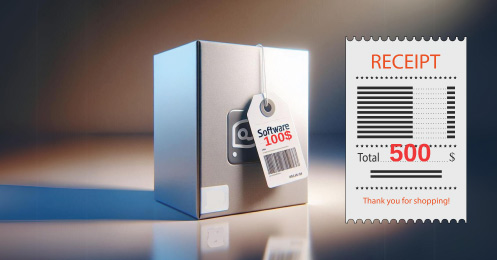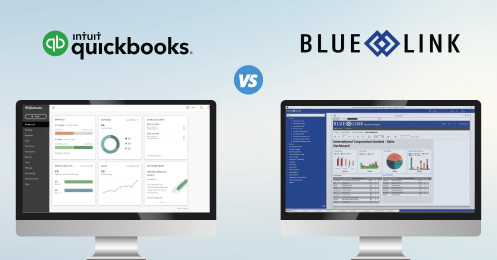With the holidays just around the corner, retail stores are ramping up to prepare for the busy gift-giving season. But it’s no longer just the bricks-and-mortar stores that need to prepare for the holidays– according to a study released by Shop.org, online holiday sales are expected to grow 13-15% in November and December over last holiday season, to as much as $82 billion. For many new and small eCommerce businesses, the holiday season is the perfect time to grow sales and launch new product lines, but all too often they don’t have the resources in place to handle the influx of transactions. Not only do online retailers need a fully stocked warehouse in preparation for holiday sales volumes, they also need eCommerce integration software to connect their back-end system with their online site.
Simply put, eCommerce integration allows businesses to connect their front-end shopping cart to a back-end inventory and accounting (ERP) system. A properly integrated system will enable the flow of information such as inventory levels and pricing bi-directionally between the two systems. This eliminates the need for double entry and reduces errors when inputting orders and picking product. Many introductory software systems will allow one-way integration or batch updates with an eCommerce site, however this level of integration is not ideal for businesses wanting to manage a large volume of online transactions. In order to ensure the best results from your eCommerce site, it is important to think of eCommerce and ERP integration as a joint two-way project.
One of the biggest eCommerce integration mistakes businesses make is not taking a proactive approach to finding a proper back-end system. When order volume is low and manageable, integration is not an issue, but for eCommerce sites looking to take advantage of increased sales volumes over the holidays, introductory software could leave them struggling to fulfill orders and keep customers happy. A properly integrated system will be able to automate the flow of information between systems including:
- Credit card authorization
- Customer information collected when customers place an order such as address and billing information
- Inventory availability
- Order status
- Pricing and
- Product information
As with any major enterprise project, implementing ERP software and integrating it with your online site is a time-consuming process that consumes many resources. Too many businesses expect to have everything set-up and integrated in only a few days or weeks, when in fact the process can take several months depending on the complexity of the integration. This is why it is already too late for many businesses looking to integrate and launch their site for the 2013 holiday season - however now is the perfect time to begin the process for next year.










